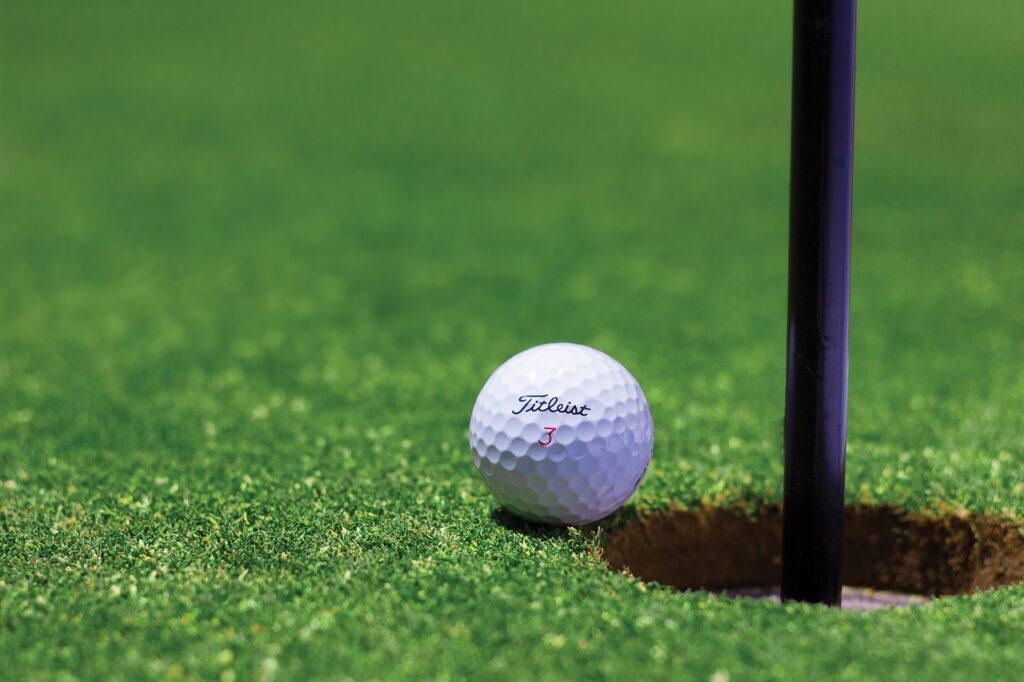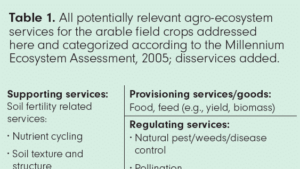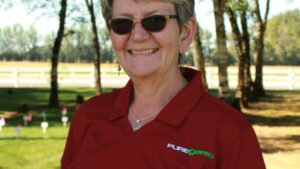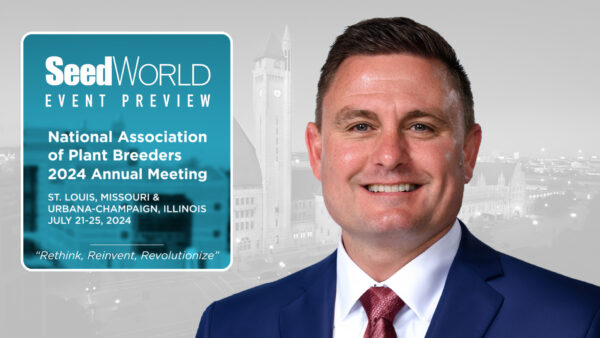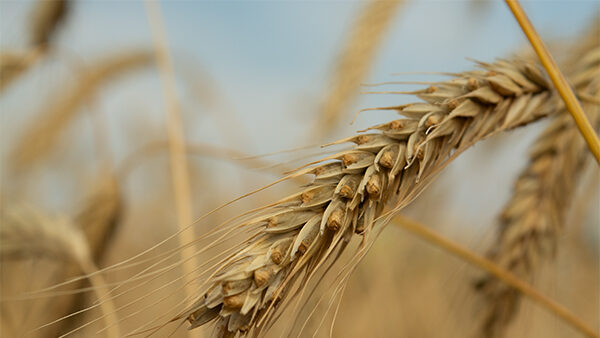There are around 7,000 golf courses in Europe and over 4 million golfers. Golf courses require anywhere from 30 to 80 hectare of land for an 18-hole course. Approx. 50 per cent of the course is dedicated to rough area which covers all out-of-play areas including hazards.
The golf sector has had an image problem with a history as a sport for an exclusive elite, and some people still see golf courses as isolated islands, inaccessible for non-players and to be biological “deserts”.
Politically, EU have decided on a biodiversity strategy with the objective to restore Europe’s biodiversity up to 2030. Golf courses can be a part of the solution. They may be used as a place for biodiversity preservation because the “rough” areas provide some unique opportunities. The question is “can golf courses be a challenge for the golfer, and at the same time support biodiversity?”.
Exhaustion of rough areas, which is used by some golf courses in order to promote the naturally occurring flora, is a slow and sometime risky strategy. It allows known turfgrass weeds to set seeds that can spread to low mowed playing surfaces. Introducing new seed can increase biodiversity quicker. However, the development of mixtures with native species must be focused on species composition and not include species which, when spread by seeds, can establish themselves as weed in low mowed grass. It is extremely important because many European countries have a focus on pesticide reduction use due to the EU Directive on Sustainable Use of Pesticides. Additionally, the quality of a golf course is of great importance among the players and weed on the playing surfaces are not desired.
The seed industry has the opportunity to help find solutions that can both benefit nature and at the same time preserve attractive courses. Commercial flower mixtures with native species, is a solution to increase /create biodiversity on a golf course. The Scandinavian Turfgrass and Environment Research Foundation (STERF) has just completed a project with the objective to increase diversity by sowing flower mixtures in the rough using different establishment methods. The experience from Scandinavia is that biodiversity can be enhanced using commercial seed mixtures.
Many golf clubs have been under financial pressure since the 2008 crisis. The clubs therefore need to find ways to attract new members or other ways in which the golf course can be used. Working towards a multifunctional golf course has been one of the trends and includes ecosystem services such as biodiversity conservation. Restoring and promoting biodiversity can become an asset for the golf club for marketing purpose to attract new members. Additionally, it can create a better reputation in the local community and among authorities. Why not use this opportunity to establish some of the commercial flower mixtures to enhance native pollinators and market the golf club as bee-friendly?


